26 Sights in Mannheim, Germany (with Map and Images)
Legend
Welcome to your journey through the most beautiful sights in Mannheim, Germany! Whether you want to discover the city's historical treasures or experience its modern highlights, you'll find everything your heart desires here. Be inspired by our selection and plan your unforgettable adventure in Mannheim. Dive into the diversity of this fascinating city and discover everything it has to offer.
Sightseeing Tours in MannheimActivities in MannheimThe water tower is a well-known landmark of Mannheim. The tower was built from 1886 to 1889 on today's Friedrichsplatz on the eastern edge of the city centre according to the plans of Gustav Halmhuber. The tower is 60 meters high and has a diameter of 19 meters. It was the first municipal water tower in Mannheim and initially had to fulfil all the functions of drinking water supply, including maintaining a constant water pressure. After the construction of the higher Luzenberg water tower in 1909, it served as a reserve elevated tank until 2000. The tower structure has been a listed building since 1987.
The Kunsthalle Mannheim is a museum for modern and contemporary art in Mannheim, Germany. It is located on the central Friedrichsplatz and has helped shape the cultural life of the industrial city on the Rhine for over 100 years. With works ranging from Édouard Manet to Francis Bacon and a focus on sculpture – ranging from Auguste Rodin and Wilhelm Lehmbruck to Henry Moore and Marino Marini to Mario Merz and Richard Long – it is one of the most respected civic collections of German and international modernism up to the present day. The extension was officially opened on 1 June 2018.
3. Brunnen
Rheinau is a district of Mannheim, which consists of the four districts of Casterfeld, Pfingstberg, Rheinau-Mitte and Rheinau-Süd. Until the restructuring of Mannheim's districts in 2020, the Rheinau district consisted of only the one district of the same name.
4. Citykirche Konkordien
The Konkordienkirche is a Protestant church in Mannheim's city centre. It was built between 1706 and 1717 and has been redesigned several times over time. The church tower, the highest in the city, was built in 1893.
5. Christuskirche
The Christuskirche is a Protestant church in the Oststadt district of Mannheim, Germany. Together with the Church of Peace, it forms the ChristusFriedenGemeinde. It was built between 1907 and 1911 according to the plans of Christian Schrade in the neo-baroque style with Art Nouveau echoes. Hardly affected by the great war destruction of 1943/44, it has been preserved almost completely in its original condition. The rich design of the Christuskirche adapted to the upper-middle-class villa district of the Oststadt and was the crowning glory of the Protestant church building activities, which became necessary due to the strong population growth during the industrialization of Mannheim.
6. St. Jakobus Kirche
St. James' Church is a Catholic church in the Neckarau district of Mannheim, Germany. It was built between 1904 and 1907 according to the plans of Ludwig Maier, who incorporated parts of the building fabric of the previous building from 1760. The church received its present appearance in the 1950s, when the roofs were renewed in a simplified form after the damage of the Second World War. The neo-baroque building is classified as a cultural monument of special importance.
7. Luisenpark
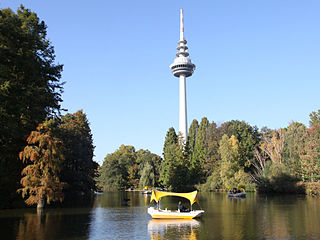
The Luisenpark is a municipal park in Mannheim, Baden-Württemberg, Germany. It is located on the left bank of the Neckar river and has an area of 41 hectares. The lower Luisenpark is the oldest part which is conserved as a historic garden. The upper Luisenpark includes various attractions, such as a greenhouse, an arboretum, a Chinese garden, "gondoletta" boats, and a variety of facilities for children. Along with the Herzogenriedpark the upper Luisenpark is operated by the non-profit Stadtpark Mannheim GmbH.
8. Herschelbad
The Herschelbad is a public bath in the Mannheim squares, for the construction of which the Jewish Mannheim merchant and city councillor Bernhard Herschel (1837–1905) donated part of his fortune to the city in his will in 1905.
9. Liebfrauen-Kirche
The Church of Our Lady is a Roman Catholic church in the Jungbusch district of Mannheim, Germany. It was built at the beginning of the 20th century by Johannes Schroth in the neo-Gothic style. Today it is one of the three churches of the Mannheim-City pastoral care unit and also symbolises the Christian-Islamic dialogue through its proximity to the Yavuz Sultan Selim Mosque. It is also the location of the Samuel Youth Church.
10. Gedenkskulptur für die in Mannheim ermordeten Juden
The Glass Cube is a modern memorial in the pedestrian zone of Mannheim, which is made of glass and has the shape of a cube. The glass cube was designed as a local memorial to the Jewish victims of National Socialism from Mannheim by the sculptor Jochen Kitzbihler, who lives in Freiburg im Breisgau, and was erected in 2003 on the planks in the middle of the footpath in front of square P2.
11. Mannheimer Synagoge
The Mannheim Synagogue is the successor to earlier synagogues in Mannheim. It was built by the Jewish community between 1985 and 1987 according to the plans of Karl Schmucker with the community center in square F 3.
12. Kunstverein
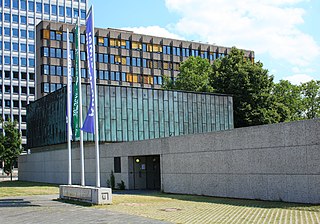
The Mannheimer Kunstverein was founded in 1833 and is one of the oldest German art associations. With currently over 750 members, it is one of the larger art associations. The name also stands for the exhibition building at the Augustaanlage.
13. Jesuitenkirche
The Mannheim Jesuit Church is a Catholic church of historic and artistic importance in Mannheim, Germany. Church construction was begun in 1733 and completed in 1760. It was consecrated to St. Ignatius of Loyola and St. Francis Xavier. During the Second World War, the church suffered severe damage from air attacks; after the war it was rebuilt in its historical style using original parts.
14. Polnische Katholische Kirche
The Spitalkirche, also known as the Bürgerhospitalkirche, is a Catholic church in Mannheim, Germany. It was built between 1786 and 1788 according to the plans of Johann Faxlunger and is one of the few buildings from the 18th century in Mannheim's city centre.
15. St. Aegidius
St. Aegidius Church is a Catholic church in the Seckenheim district of Mannheim, Germany. It was built between 1904 and 1906 according to the plans of Ludwig Maier in the neo-baroque style. Parts of the tower and the furnishings date from the 18th century. The St. Aegidius Church is the fourth church on this site since the Middle Ages.
16. Wasserturm Luzenberg Mannheim
The Luzenberg Water Tower is a water tower in the Luzenberg district of Mannheim, Germany. It was built from 1906 to 1909 and expanded between 1912 and 1914 by two attached school buildings. The water tower was in operation as such until 1976. The entire complex is a listed building.
17. Johannes-Calvin
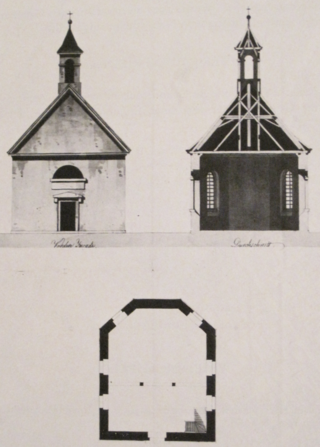
The Johannes Calvin Church is a Protestant church in the Friedrichsfeld district of Mannheim, Germany. It was built between 1900 and 1902 according to the plans of Hermann Behaghel in the neo-Gothic style.
18. Jonakirche
The Jonakirche, also Blumenaukapelle, is a Protestant church in the settlement of Blumenau, which belongs to the Mannheim district of Sandhofen. It was built in 1961 according to the plans of Helmut Striffler. It is the earliest Brutalist church building in Baden-Württemberg.
19. Lutherkirche
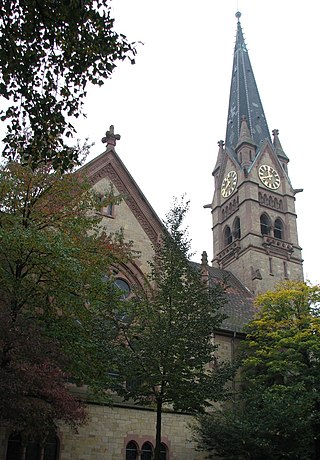
The Luther Church is a Protestant church in the Mannheim district of Neckarstadt-West. It was built between 1904 and 1906 in the neo-Gothic style according to the plans of Emil Döring. After renovations in the interior, it has been used as "Diakoniekirche Plus" since 2010.
20. Schlosskirche
The Mannheim Palace Church, founded as a court chapel, was built in the 18th century and is part of the Mannheim Palace. The church served as court chapel for the prince-electors of the Electorate of the Palatinate between 1731 and 1777 and belongs to the oldest parish churches of the Old Catholic diocese in Germany.
21. Pauluskirche
St. Paul's Church is a Protestant church in the Waldhof district of Mannheim, Germany. It was built between 1906 and 1907 according to the plans of Hermann Behaghel. In 2005, St. Paul's Church became the first youth church in the Evangelical Church in Baden.
22. Zwölf-Apostel-Kirche
The Twelve Apostles Church is a Roman Catholic church in the Vogelstang district of Mannheim, Germany. It was built between 1967 and 1969 according to the plans of Heinz Heß. In reference to the eponymous Twelve Apostles, it has a twelve-part roof.
23. Kreuzerhöhungskirche
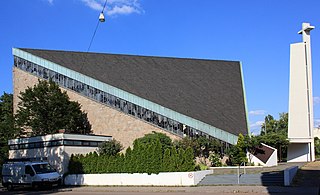
The Church of the Exaltation of the Cross is a Greek Orthodox church in the Mannheim district of Luzenberg. It was built between 1965 and 1966 according to the plans of Heinz Heß as a Catholic branch church.
24. Magdalenenkapelle
The Magdalenenkapelle is a Catholic chapel in the Mannheim district of Straßenheim. It used to be a parish church and today it is one of the oldest sacred buildings in Mannheim. Parts of the building date back to the 13th century. The chapel is classified as a cultural monument of special importance.
Wikipedia: Magdalenenkapelle (Mannheim) (DE), Website, Alt_website
25. St. Sebastian (Untere Pfarrei)
St. Sebastian is the oldest Catholic parish church in the city of Mannheim and one of the three churches of the Mannheim city pastoral unit in the city center. In Electoral Palatine times it was used by the Elector as a court church and received a magnificent interior by artists such as Bibiena, Verschaffelt and Egell. The furnishings were impaired by remodeling in the 19th century and damaged during World War II. Together with the Old Town Hall, St. Sebastian's Church forms a Baroque double building erected at the beginning of the 18th century, which is the oldest preserved structure in the city.
26. Museumsschiff Mannheim
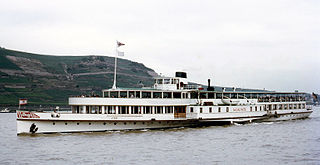
Mainz is a side-wheel paddle steamer for the Lower and Middle Rhine built in 1928/1929 for the Steamship Company for the Lower and Middle Rhine (DGNM), which was used by the Cologne-Düsseldorfer German Rhine Shipping in scheduled service on the Rhine. She was the thousandth ship completed by the shipyard Christof Ruthof and also the last paddle steamer built for the Köln-Düsseldorfer. The Mainz survived World War II as the only ship of the shipping company that was able to sail, but was then so badly damaged in an accident on June 12, 1956 that the hull had to be rebuilt. Due to the high need for repair and refurbishment, the Köln-Düsseldorfer decommissioned the passenger ship after the 1980 summer season.
Share
How likely are you to recommend us?
Disclaimer Please be aware of your surroundings and do not enter private property. We are not liable for any damages that occur during the tours.
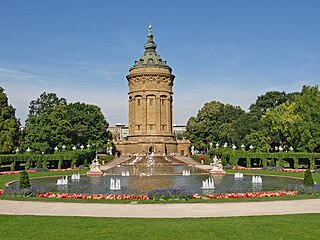
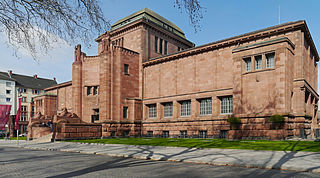
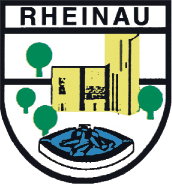
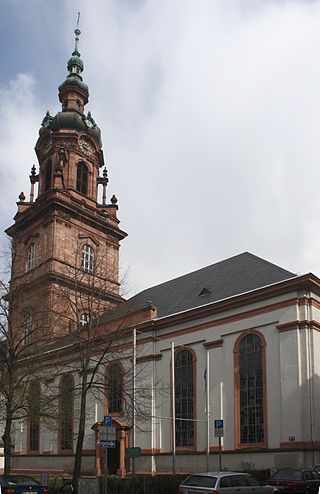
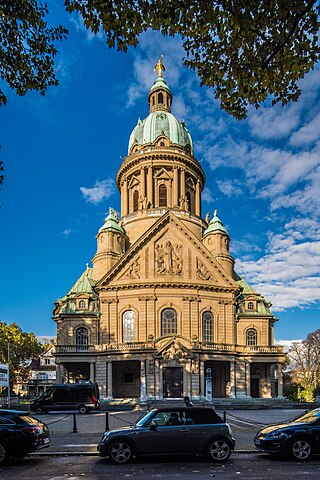
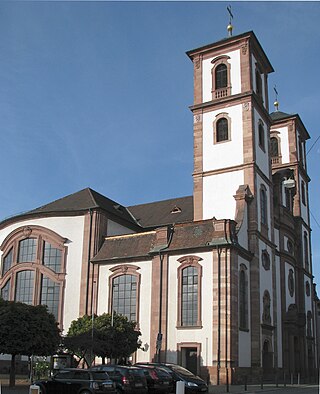
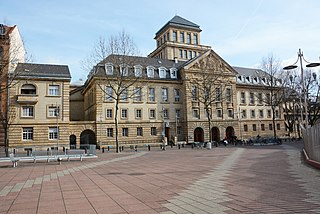
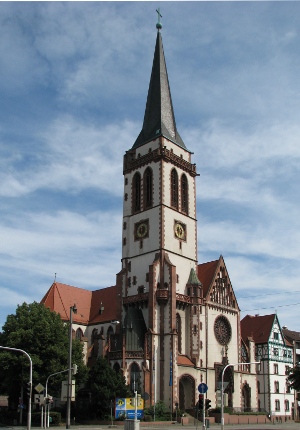
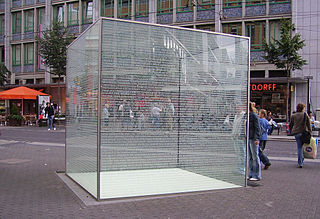
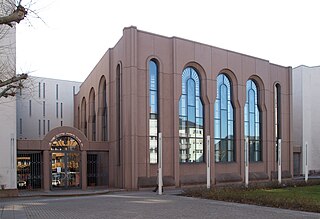
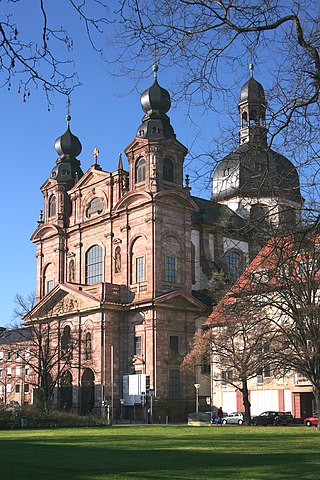

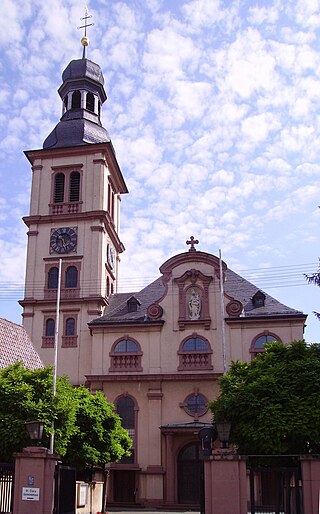
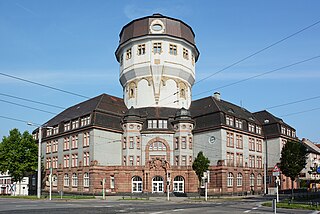
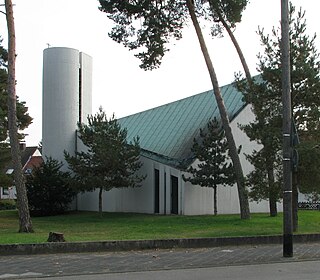
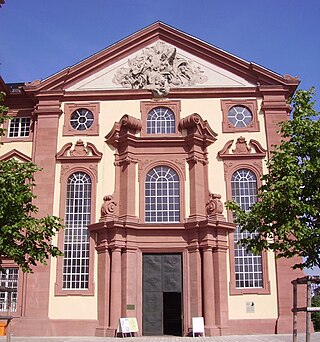
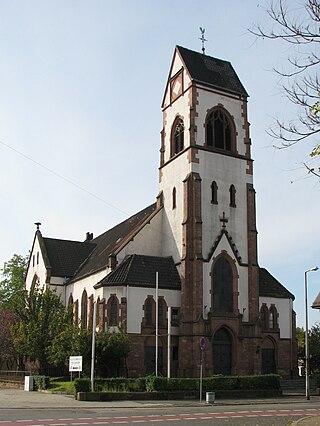
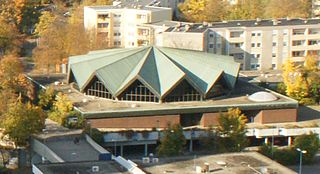
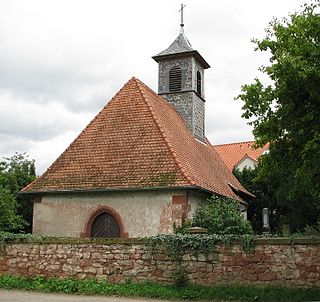
.jpg)